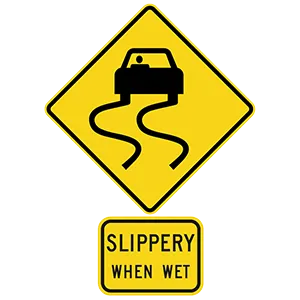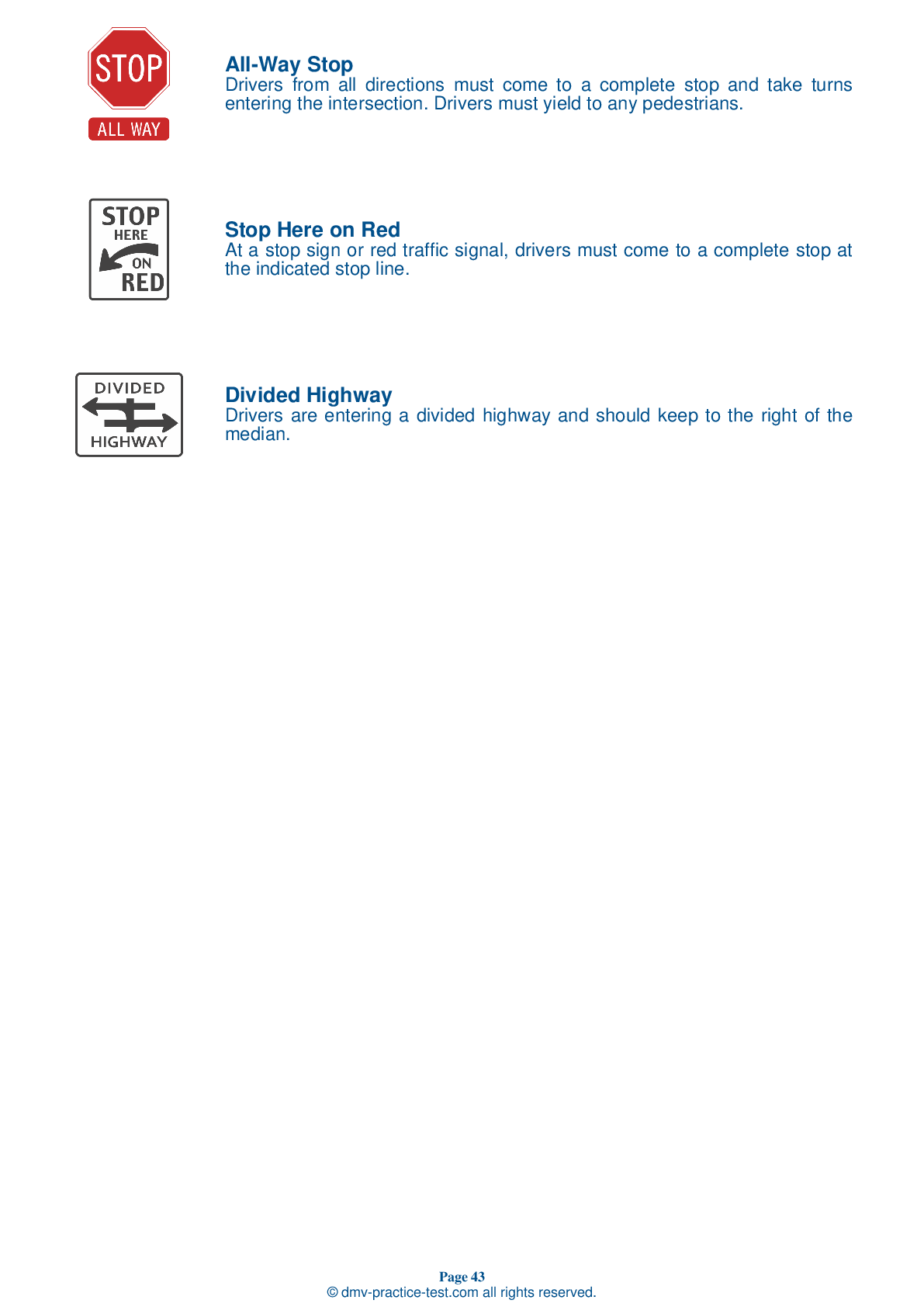FREE Connecticut DMV Practice Test #13
This set of Connecticut DMV practise tests was just updated for January 2025. It includes questions based on the Connecticut Driver Handbook's most essential traffic signs and regulations for 2025. Use actual questions that are very similar (often identical!) to the DMV driving permit test and driver's licence exam to study for the DMV driving permit test and driver's licence exam.
Each practise test question has a hint and explanation to assist you in remembering the concepts. The written component of the official DMV test will include questions about road rules, traffic signs, and driving statutes, as well as information from the Driver Handbook.
To achieve the required passing grade, you must correctly answer 20 of the 25 questions. Take our DMV practise exam to help you prepare for your Connecticut instruction permit or driver's licence.
The DMV exam is available in several languages.
Using any form of testing help will result in an automatic fail, and the DMV may take further action against your driver's licence, so avoid it.
1 . To turn left from a multilane one-way street onto a one-way street, you should start your turn from:
When turning left from a one-way street onto another one-way street, you should begin the turn from the far left lane.
2 . You see pedestrians near the road. You should:
Watch for any pedestrian who may cross your path. If you see pedestrians near the road where you are driving, slow down and be prepared to stop, if necessary.
3 . When you see this road sign, you should:

Warning signs are usually yellow with black markings. This sign indicates that a divided highway is beginning and cars should keep to the right.
4 . When a pedestrian guided by a dog or carrying a white cane is crossing the street:
Blind or partially blind pedestrians may carry a white cane or use the assistance of a guide dog. You must always yield the right-of-way to a pedestrian who is using a guide dog or carrying a white cane.
5 . What does this road sign mean?

This sign indicates that the road may be slippery when wet. Exercise caution when driving on a slippery road.
6 . It is necessary to use your low beams any time you are:
Use your low beams when driving in fog, snow, rain, or mist. Light from high beams will reflect off of precipitation, causing a glare and making it even more difficult to see. Some vehicles are equipped with fog lights that should be used in addition to low beam headlights.
7 . This symbol is used for:





